The blockchain landscape is brimming with potential, and at its forefront is Ethereum, a decentralized platform that has made waves for enabling smart contracts and decentralized applications (DApps) without downtime, fraud, control, or interference. But what powers the seamless interaction between applications and the Ethereum blockchain? The answer lies in Ethereum RPC API.
I. Introduction
Ethereum has revolutionized the way we think about digital ownership, assets, and trust. At the heart of this revolution is Ethereum’s ability to offer a platform for the execution of decentralized codes through its globally distributed network. A crucial element facilitating this seamless interaction between applications and the Ethereum network is the Ethereum Remote Procedure Call (RPC) API.
Understanding APIs
APIs, or Application Programming Interfaces, serve as intermediaries allowing different software applications to communicate with one another. They play a pivotal role in the tech world, enabling functionalities of software components to be shared and utilized across different platforms seamlessly.
Defining Ethereum RPC API
Ethereum RPC API enables developers to query information from the Ethereum network, submit transactions, and invoke smart contract functions. It’s a gateway through which developers can interact with the Ethereum ecosystem, making it an essential tool for blockchain development.
II. Understanding RPC (Remote Procedure Call)
RPC stands for Remote Procedure Call, a protocol that one program can use to request a service from a program located on another computer in a network. RPC abstracts the complexities of the network in such a way that these interactions appear similar to regular local procedure calls.
RPC in Blockchain Technologies
In the context of blockchain, RPC APIs provide a mechanism for external applications to interact with the blockchain network. Through RPC, a developer can write code to perform operations such as reading blockchain data, executing smart contracts, and monitoring transactions without needing to run a full node.
III. Overview of Ethereum RPC API
Ethereum RPC API functions as the backbone for developers looking to build upon or interact with the Ethereum network. It offers a variety of methods under JSON-RPC, a stateless, light-weight remote procedural call (RPC) protocol. These methods allow applications to get blockchain data, submit transactions, and much more, making Ethereum’s extensive capabilities accessible to developers.
Key Features and Capabilities
- Interaction with smart contracts.
- Retrieval of user account information.
- Submission and tracking of transactions.
- Access to real-time and historical blockchain data.
IV. How Ethereum RPC API Works
The Ethereum RPC API works through a series of JSON-RPC calls, where an application makes a request to the Ethereum node with a specific method and parameters. The Ethereum node processes the request and returns the response. This communication is vital for applications that need to interact with the Ethereum blockchain, such as wallets, DApps, and other services. Additionally, it allows for the creation of custom applications that can leverage the power of the Ethereum network.
Examples of Common Requests
- `eth_getBalance`: Retrieves the balance of an account.
- `eth_sendTransaction`: Submits a new transaction.
- `eth_call`: Executes a new message call immediately without creating a transaction on the block chain.
V. Implementing Ethereum RPC API
Implementing the Ethereum RPC API within a project involves a series of steps to ensure seamless integration and communication with the Ethereum blockchain. Developers can use various libraries and tools designed to simplify this process, such as Web3.js for JavaScript applications, Web3.py for Python, and ethers.js for more advanced use cases. These libraries abstract the complexities involved in directly dealing with the JSON-RPC protocol, enabling developers to interact with the Ethereum blockchain using high-level constructs.
Choosing the Right Tools
Selecting the right library or tool depends on the project’s requirements, the development team’s familiarity with the programming language, and specific features needed for the application. For example, Web3.js is highly popular for web applications due to its comprehensive features and extensive documentation, making it a go-to choice for many developers in the Ethereum community.
Setting Up the Environment
Before integrating the Ethereum RPC API, developers need to set up their development environment. This involves choosing an Ethereum node to connect to, which can be a local node for development purposes or a node hosted by infrastructure providers such as Infura or Alchemy. These providers offer scalable access to the Ethereum network, removing the need to maintain and update a local node.
Integration Process
Once the development environment is set up, the integration process typically involves the following steps:
- Initialization: Initializing the chosen library in the project and setting up a connection to the Ethereum node.
- Creating Transactions: Writing scripts to create, sign, and submit transactions to the Ethereum network. This could involve transferring Ether, interacting with smart contracts, or deploying new contracts.
- Querying Data: Using the API to query blockchain data, such as retrieving account balances, checking transaction statuses, or fetching smart contract events.
- Listening for Events: Setting up event listeners to monitor smart contract events, which are crucial for DApps that require real-time updates from the blockchain.
Best Practices
When implementing the Ethereum RPC API, it’s important to follow best practices such as handling errors gracefully, ensuring secure management of private keys, and optimizing the interaction with the blockchain to minimize the cost and load on the network. Developers should also keep abreast of updates in the Ethereum ecosystem and adjust their applications to stay compatible with network upgrades and changes.
VI. Challenges and Considerations
While the Ethereum RPC API opens doors to a myriad of possibilities, developers may face challenges such as network congestion, handling transaction fees (gas), and ensuring the security of smart contracts. Understanding the intricacies of blockchain technology and smart contract development is essential for leveraging the Ethereum RPC API effectively and building secure, scalable applications.
VII. Conclusion
Ethereum RPC API stands as a powerful tool enabling the seamless interaction between applications and the Ethereum blockchain. Its development is a testament to Ethereum’s ongoing commitment to innovation and ease of use, offering developers a robust framework for creating decentralized solutions.
The future of blockchain development is bright, with Ethereum RPC API at the helm, driving forward innovation and accessibility. Whether you’re a seasoned blockchain developer or just starting, understanding and leveraging the capabilities of Ethereum RPC API is crucial in the evolving digital landscape.
FAQ Section
Q1. What is Ethereum RPC API and how is it used?
Ethereum RPC API is a part of the Ethereum protocol which allows applications to communicate directly with the Ethereum blockchain, enabling them to execute a wide range of blockchain functions.
Q2. Can I use Ethereum RPC API to create my own cryptocurrency or token?
Yes, Ethereum RPC API can be used in the development process of creating your own ERC-20 or ERC-721 tokens on the Ethereum blockchain.
Q3. What are some common methods available in Ethereum RPC API?
Some common methods include `eth_getBlockByNumber`, `eth_getTransactionReceipt`, and `eth_call` for interacting with smart contracts.
Q4. How do I connect my application to the Ethereum network using Ethereum RPC API?
You need to set up an Ethereum client (e.g., Geth, OpenEthereum) as a node in the network that your application can communicate with via Ethereum RPC API.
Q5. Are there any security concerns I should be aware of when using Ethereum RPC API?
Yes, securing your JSON-RPC endpoint is critical to prevent unauthorized access. Implementing measures such as IP whitelisting and using HTTPS can enhance security.
Q6. Can Ethereum RPC API be used for both Ethereum mainnet and testnets?
Absolutely, Ethereum RPC API can be used to interact with both the main Ethereum network (mainnet) and various Ethereum testnets for development and testing purposes.

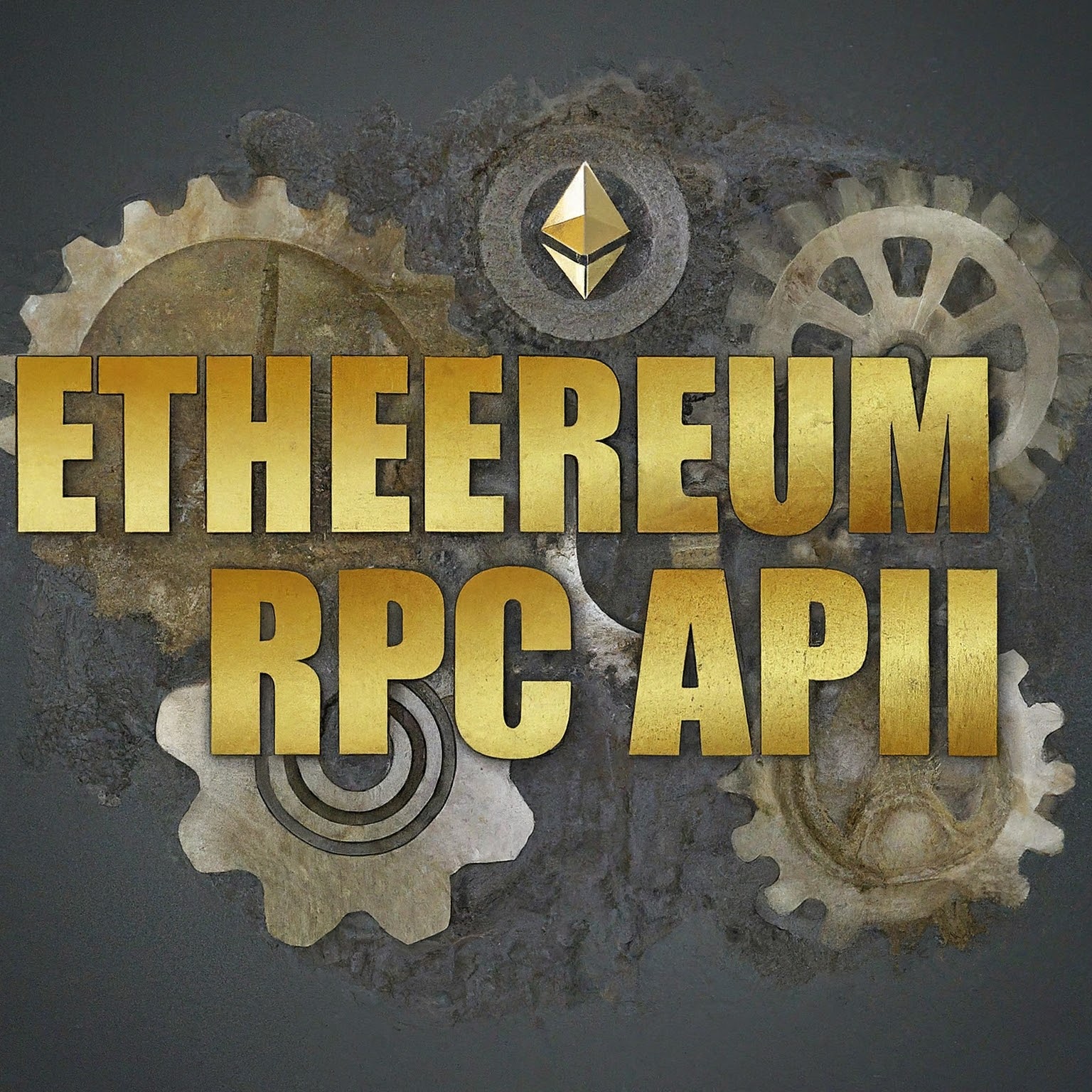

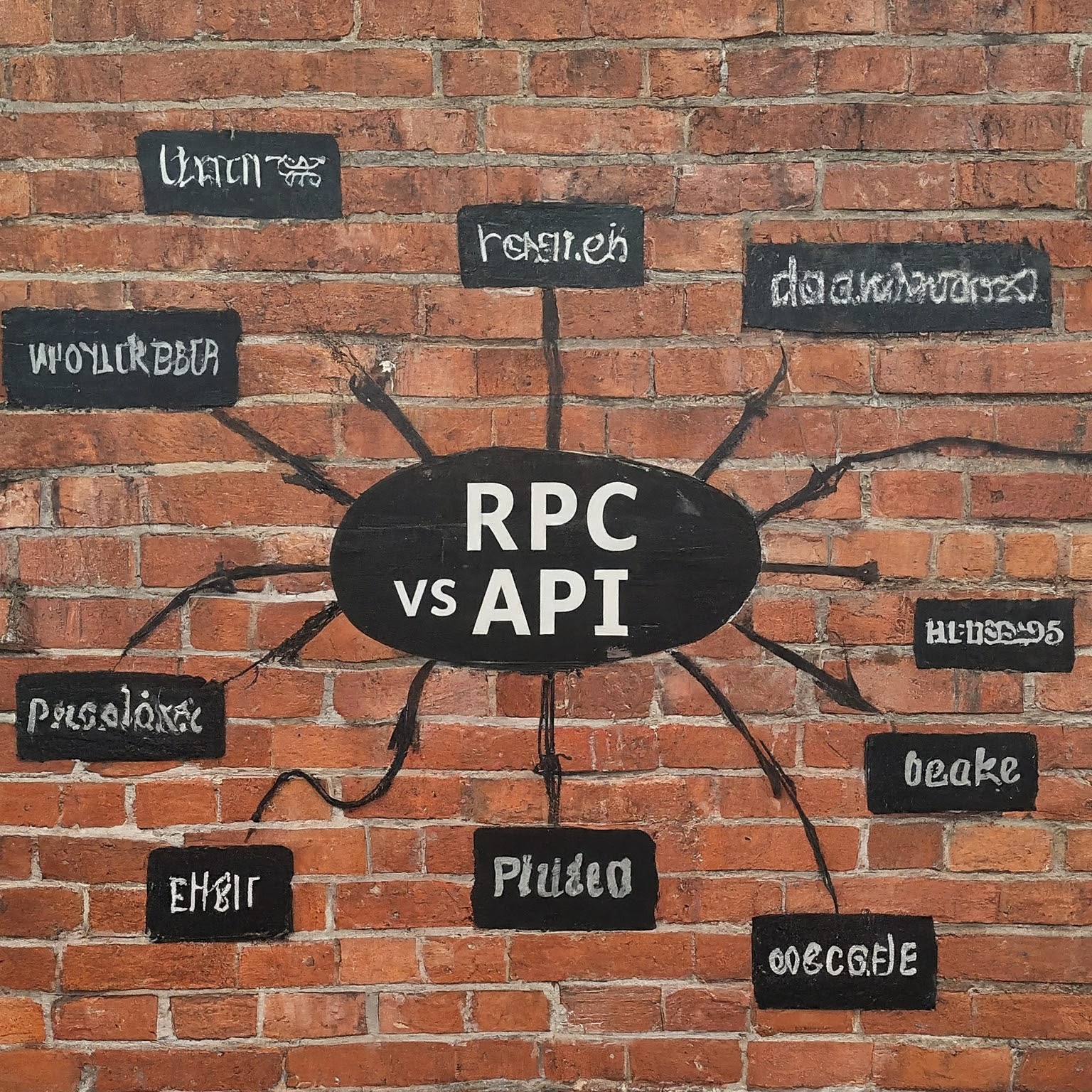
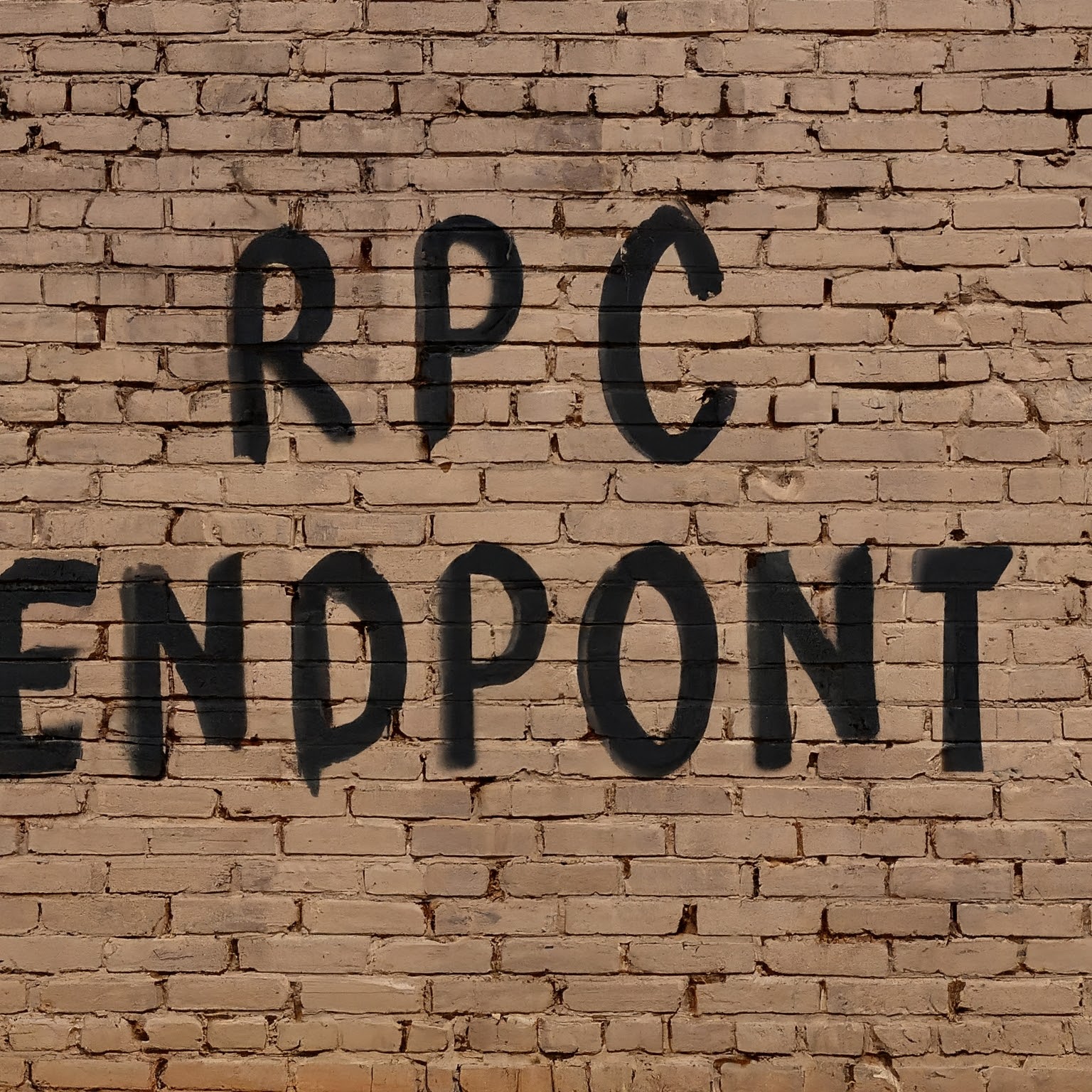

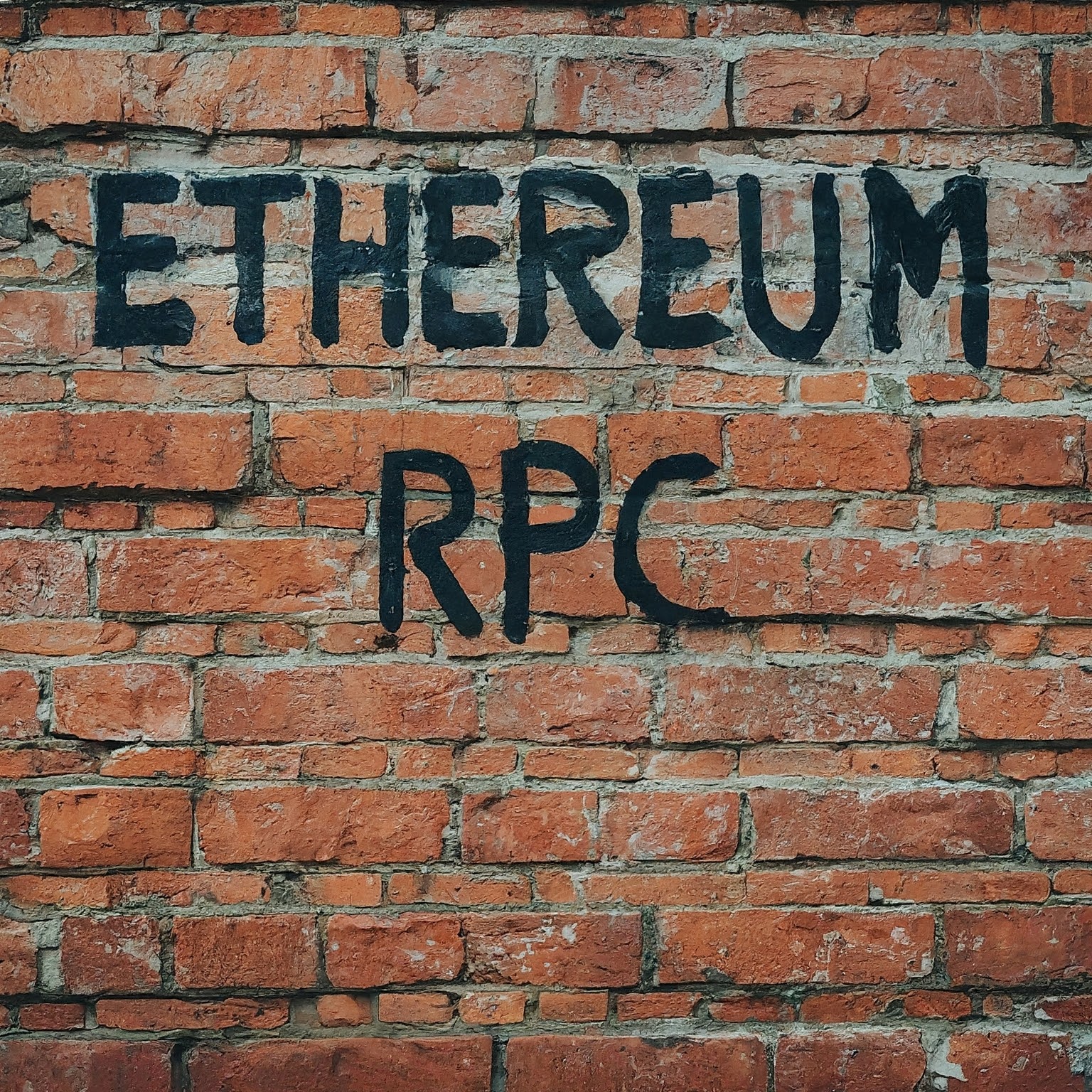

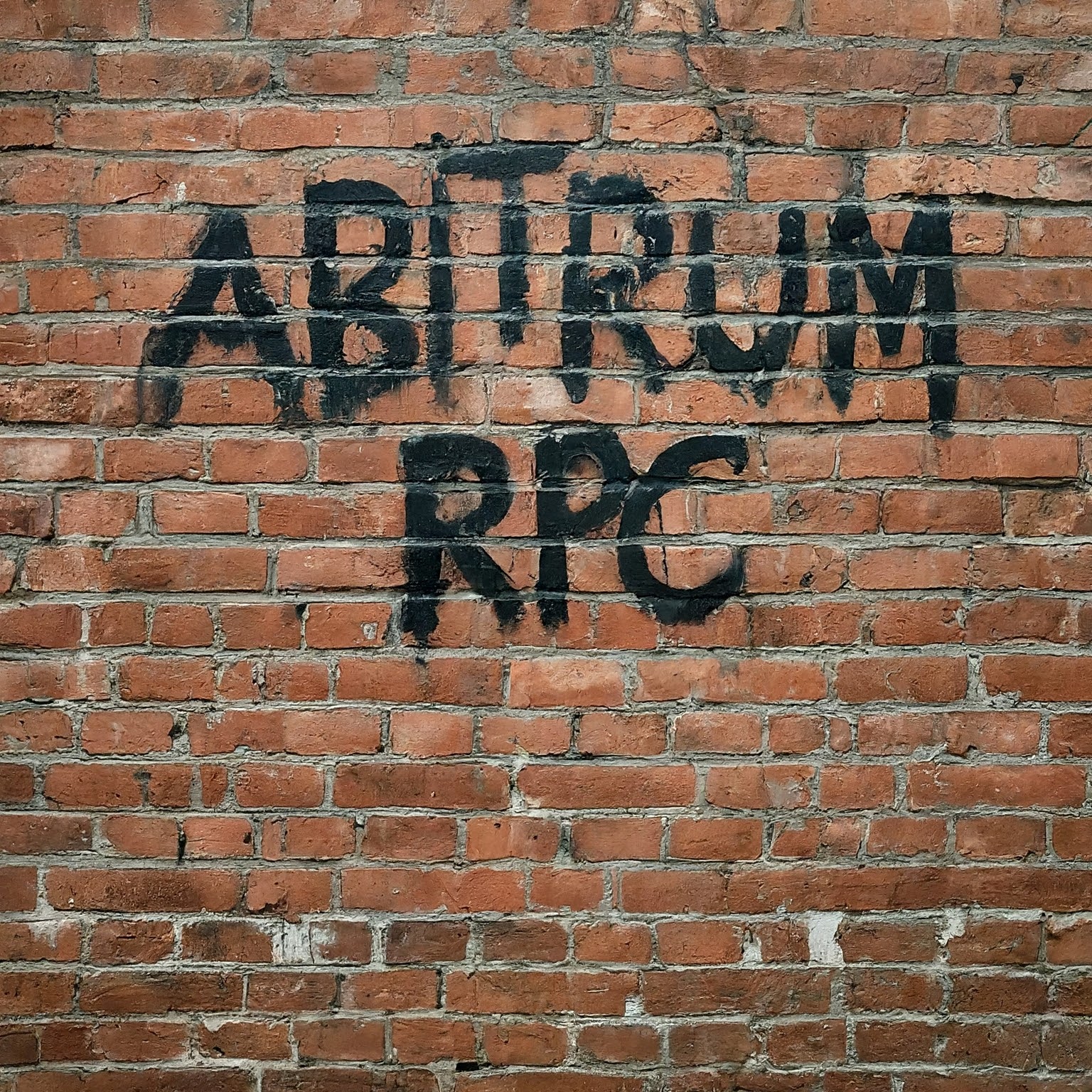

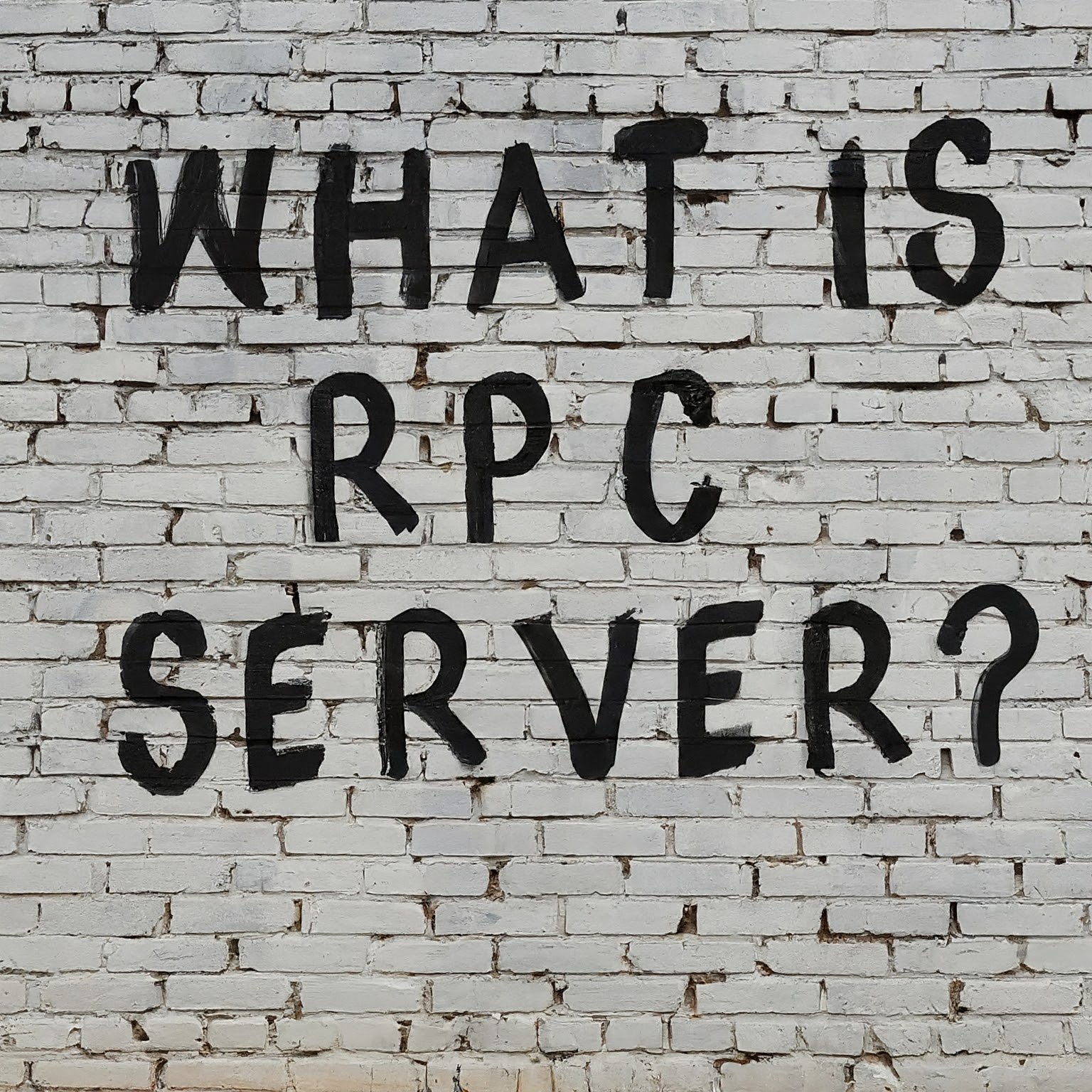

Leave a Reply
You must be logged in to post a comment.